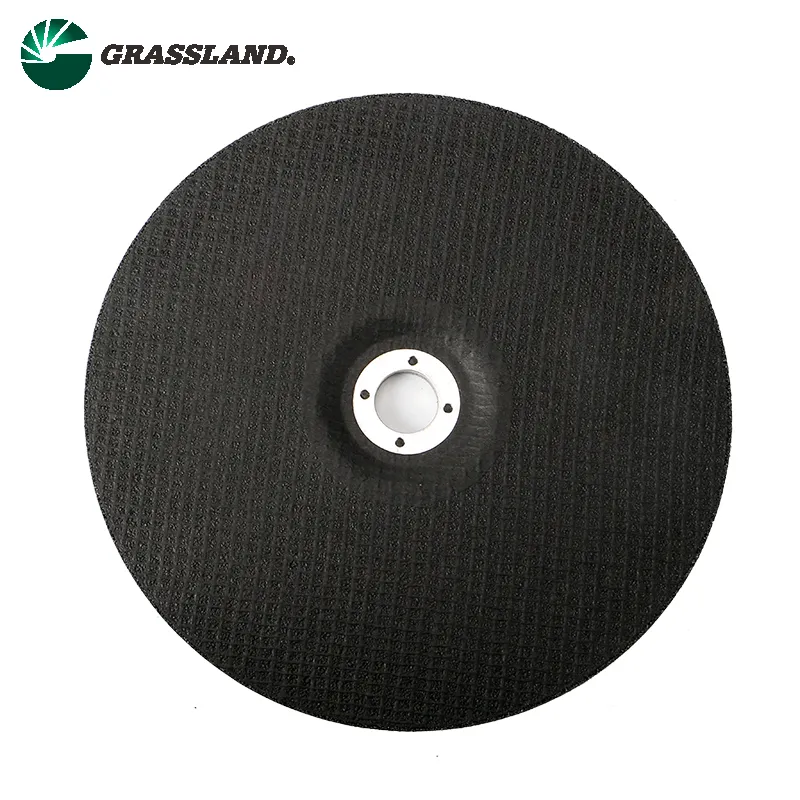The Essential Guide to Metal Sanding Discs for Grinders
In the world of metalworking, achieving a smooth, refined finish is often a critical component of any project. Whether you are a professional fabricator, a hobbyist, or an industrial worker, understanding the tools at your disposal is crucial. Among these tools, metal sanding discs for grinders stand out as an essential item that can greatly enhance productivity and the quality of work. This guide will delve into the different types of metal sanding discs available, their uses, and tips for choosing the right one for your specific needs.
Types of Metal Sanding Discs
1. Aluminum Oxide Discs One of the most commonly used types of sanding discs for metal surfaces is the aluminum oxide disc. Known for their durability and versatility, these discs are suitable for a wide range of materials, including steel, aluminum, and various alloys. Aluminum oxide discs are often utilized for grinding, blending, and finishing metals due to their long-lasting performance and ability to produce a fine finish.
2. Zirconia Disc Zirconia sanding discs are designed for tougher applications. These discs are made with a tougher grain, making them highly effective for heavy stock removal and working with hard metals. They are particularly favored in industries where speed and efficiency are paramount, such as automotive repair and metal fabrication. Zirconia discs can withstand higher temperatures, making them suitable for aggressive grinding without overheating.
3. Ceramic Discs Another high-performance option is the ceramic sanding disc. These discs offer exceptional durability and longevity, especially when used on tough materials. They are engineered to provide consistent performance over an extended period, making them ideal for industrial applications where durability is key. Ceramic discs are particularly effective on stainless steel and other hard metals, producing excellent finishing results.
4. Silicon Carbide Discs Silicon carbide discs are ideal for use on non-ferrous metals and certain ceramics. Known for their sharpness and ability to cut quickly, these discs are often used in applications that require a finer finish, such as sanding aluminum and other softer metals. Silicon carbide provides a unique cutting characteristic that is beneficial in specific contexts, especially when a clean finish is needed.
Choosing the Right Disc
When selecting a metal sanding disc for your grinder, it is crucial to consider the specific application and material you will be working with. Here are some factors to keep in mind
- Material Identify the type of metal you are working with. Aluminum oxide discs work well for various metals, while specific applications may require zirconia or silicon carbide discs.
metal sanding disc for grinder

- Application Determine the purpose of the sanding task. Are you removing material quickly, or are you finishing a surface? For aggressive stock removal, a zirconia disc would be appropriate, whereas for finishing tasks, aluminum oxide or ceramic discs may be more suitable.
- Grain Size The grit of the sanding disc also plays a crucial role in the outcome of your project. Lower grit numbers (e.g., 40-60) are more aggressive and used for heavy material removal, while higher grit numbers (e.g., 120-600) are suited for smoothing and finishing.
- Grinder Compatibility Ensure that the sanding disc is compatible with your grinder in terms of size, arbor hole, and mounting type. Measuring these specifications will prevent any mishaps and ensure the safe use of your tools.
Safety Considerations
Safety should always be a priority when using metal sanding discs. Here are some tips to ensure safe operation
- Personal Protective Equipment (PPE) Always wear appropriate PPE, including safety goggles, gloves, and a dust mask, to protect yourself from debris and dust.
- Inspect the Disc Before use, inspect the sanding disc for any signs of wear or damage. A compromised disc can lead to dangerous breakage during operation.
- Proper Techniques Use the grinder with both hands and maintain a firm grip. Ensure the disc is properly mounted and avoid excessive pressure, which can cause the disc to wear out prematurely or break.
In conclusion, metal sanding discs for grinders are an indispensable tool in any metalworking shop. By understanding the various types of discs available, their applications, and safety precautions, you can enhance your efficiency and achieve superior finishes in your metalworking projects.
Post time:Dec - 31 - 2024

















